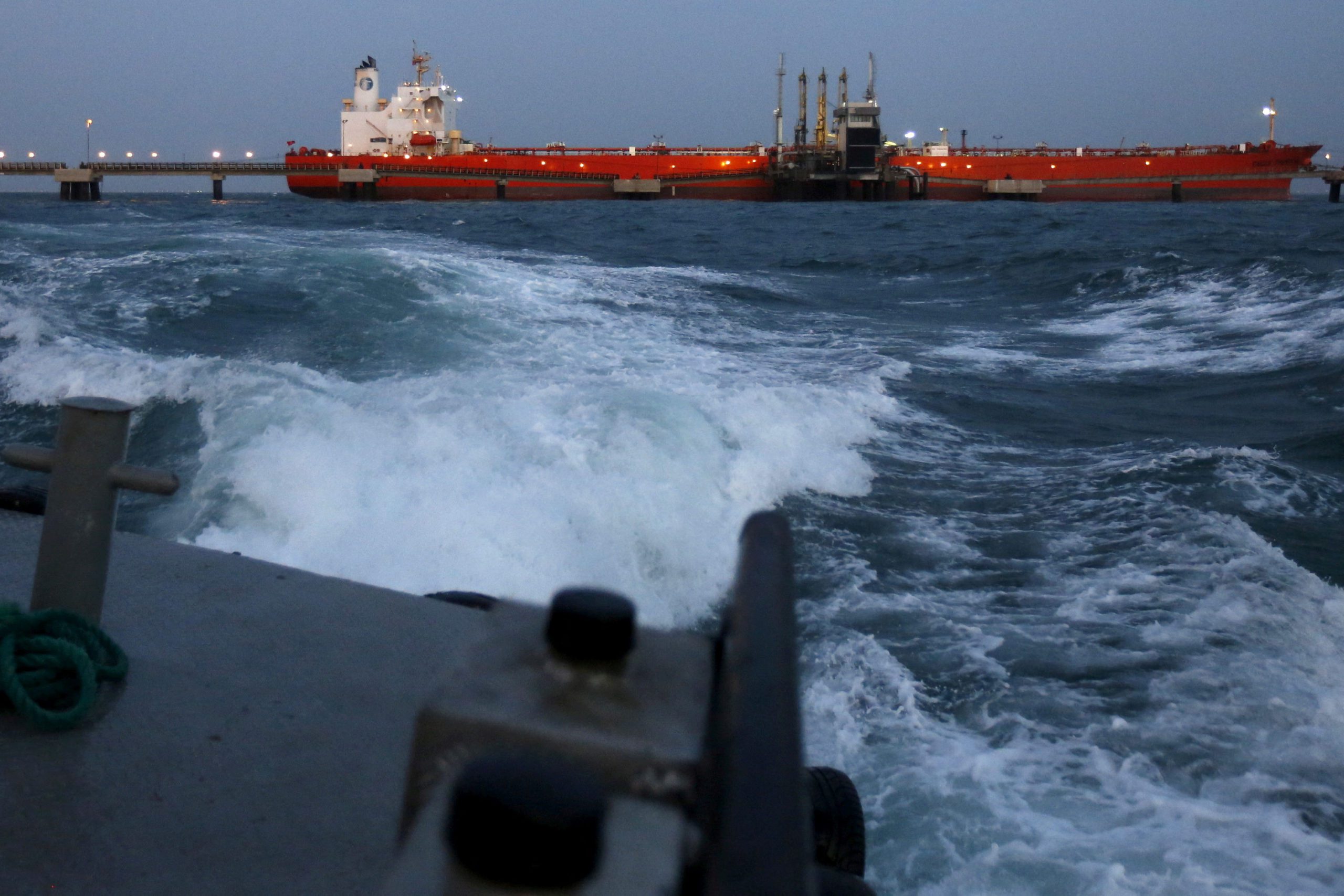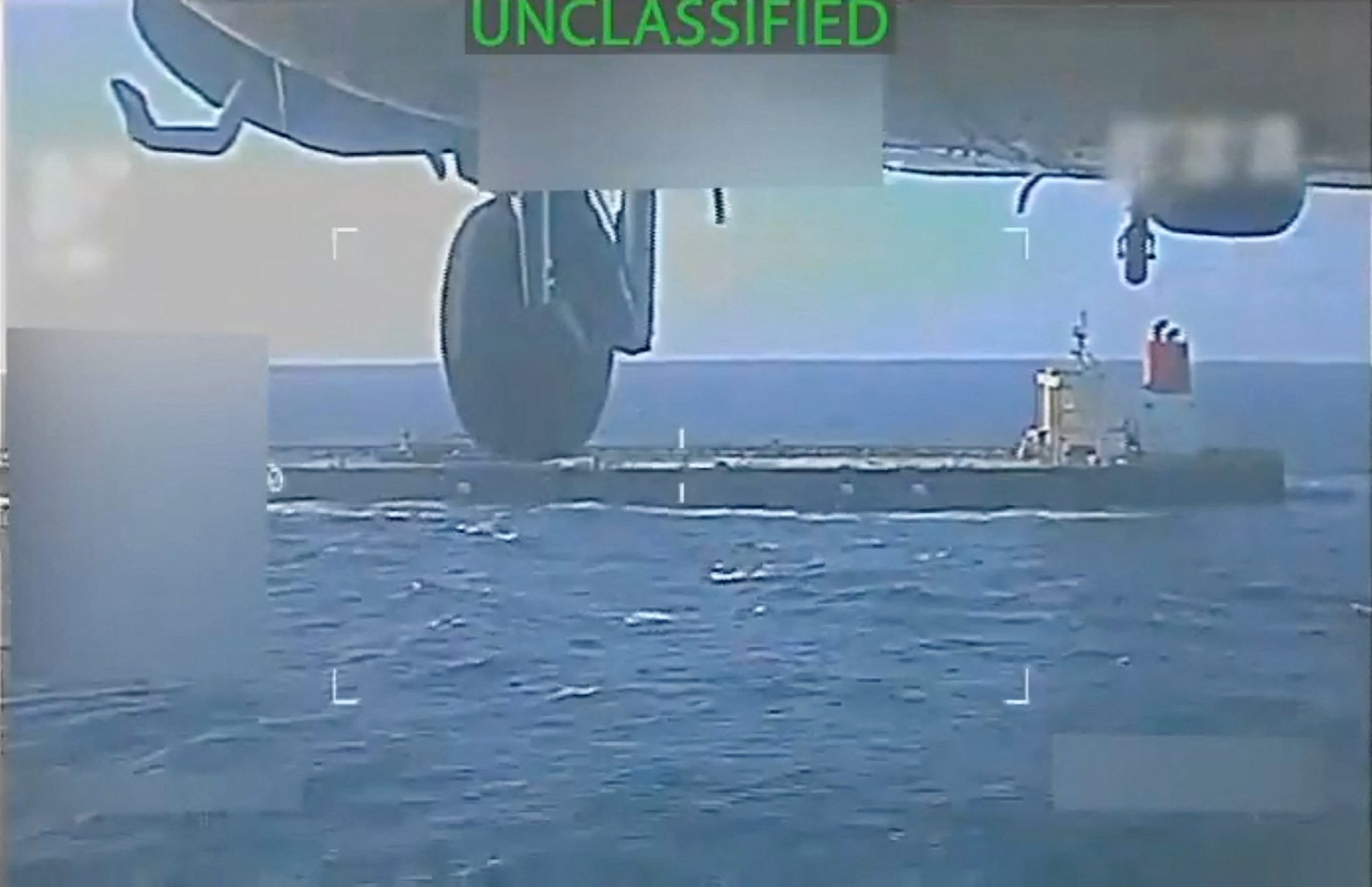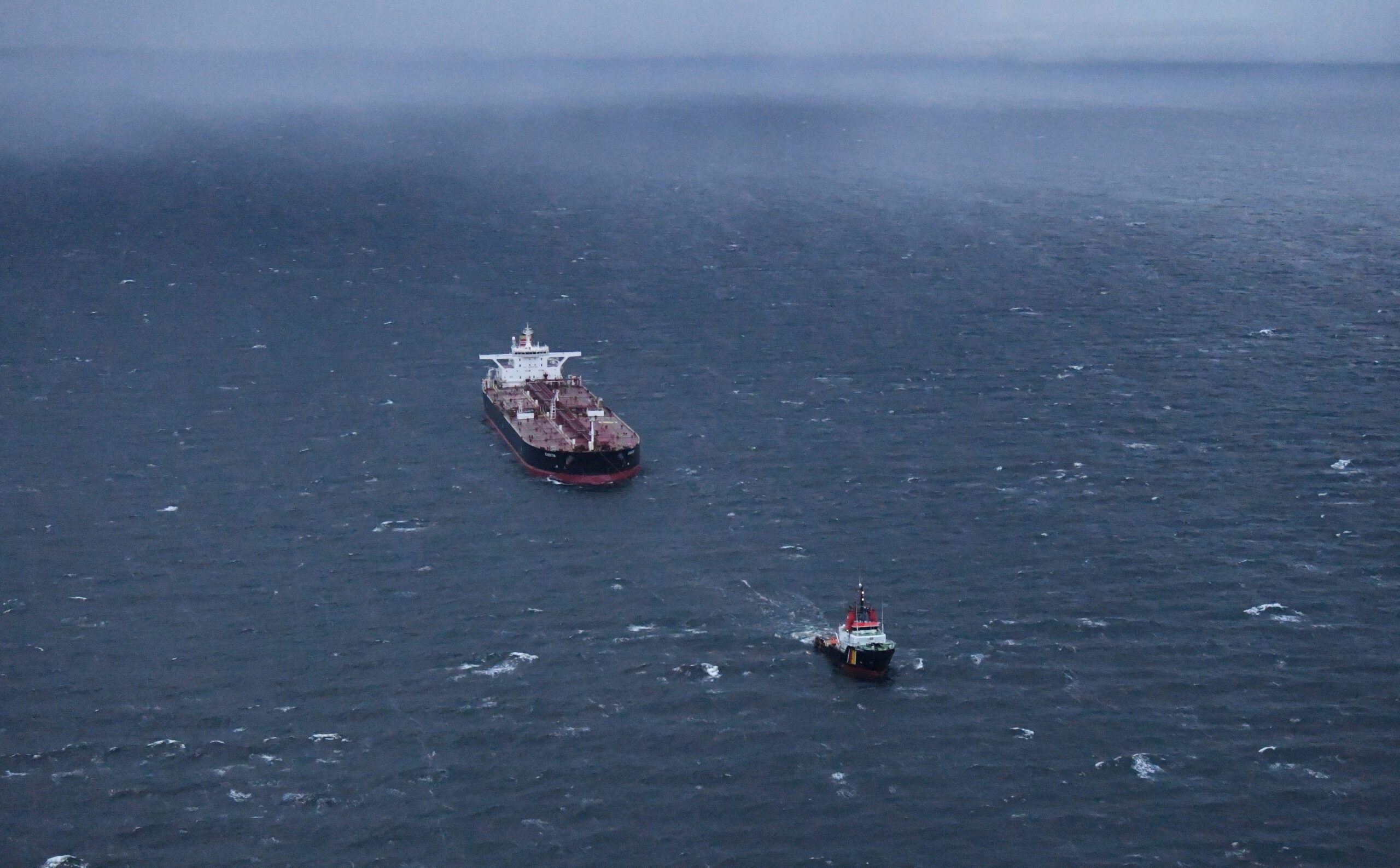By Saleha Mohsin (Bloomberg) US officials have been forced to scale back a plan to impose a cap on Russian oil prices, following skepticism by investors and growing risk in financial markets brought on by crude volatility and central bank efforts to tame inflation.
Instead of strangling the Kremlin’s oil revenues by imposing a strict lid on prices that would have been observed by a broad “buyer’s cartel” of nations, the US and European Union are likely to settle for a more loosely policed cap at a higher price than once envisioned, with just Group of Seven nations and Australia committed to abide by it, according to people familiar with the matter.
South Korea has also privately told G-7 nations it plans to comply, the people said. G-7 officials are seeking to bring New Zealand and Norway on board as well. But it’s clear that India and China — Russia’s most important trade partners — will not participate, the people said.
Under an earlier iteration of the US plan, which has been spearheaded internally and externally by Treasury Secretary Janet Yellen, a price cap in the range of $40 to $60 per barrel was under consideration, with some officials eager to keep the limit as close to the lower end as possible to achieve the key objective of reducing Russia’s cash flow.
But now, officials involved in the plans are discussing a cap at the higher end of that range, and above, even though some EU officials believe that would allow the Kremlin to continue to gain sizable revenue from sales.
The people familiar with the matter asked not to be identified because the Russia price cap’s terms are still in development.
“The White House and the administration are staying the course on implementing an effective, strong price cap on Russian oil in coordination with the G-7 and other partners,” a spokeswoman for the White House’s National Security Council, Adrienne Watson, said in a statement. “It is the most effective way to ensure that oil continues to flow into the market at lower prices and hit hard at Putin’s revenue to fund his war.”
In response to a request for comment, a senior Treasury official said that the US has never discussed a range for the price cap with allies.
Russia took in an estimated $15 billion from oil sales in September, helping to fuel its war machine in Ukraine — a flow of money that US and European leaders have sought to curb ever since Russian President Vladimir Putin ordered his invasion. But in a global market dominated by countries without democratic governments, led by Saudi Arabia, the mechanics of a price cap designed by consumers and aimed at a single producer threaten to be too complicated to achieve.
Brent crude, the global benchmark, traded around $96 a barrel Wednesday. It rose to over $139 in early March following Russia’s invasion. Extreme price gyrations this year have cut liquidity in commodity markets, which has in turn fueled further price swings.
The average delivery price for Urals crude, a major Russian export, was $63 a barrel for the past three years and $64 over five years, according to data from price reporting agency Argus Media. It has averaged about $74 this month, as of the end of last week.
The shift in US thinking on a price cap comes after Washington spent months pressuring the Europeans to amend their sanctions on Russian oil. The development is likely to add to EU frustrations, with some officials noting that they believe the US has placed more emphasis on bolstering global oil supplies and hasn’t always been as prepared as Europe to take an economic hit to punish Russia.
The Treasury Department says that setting a higher price cap could make the initiative more likely to succeed in keeping Russian oil on the market while still curbing Moscow’s revenue.
Putin has said Russia won’t sell oil to anyone who participates in the US-EU price cap, a threat US officials once regarded as hollow but that is now seen as viable.
The senior Treasury official contended that the Biden administration has always been aware that Putin could retaliate.
Energy prices — especially for oil and gasoline — are playing an outsize role in US midterm elections on Nov. 8 that will decide control of Congress.
President Joe Biden has sought to curb a spike in prices for US motorists that followed Russia’s invasion, including through a record release from US oil reserves and public pressure on OPEC+ and refiners.
Doubts about a Russian oil price cap emerged from the start of Yellen’s efforts, and they were amplified after the OPEC+ cartel — which includes Russia — on Oct. 5 announced a surprise production cut of 2 million barrels per day. Some US officials feared the move would undermine any price cap, and Biden publicly accused the Saudi government of throwing its lot in with the Kremlin.
The price cap, in its final form, is expected to be announced before Dec. 5., when EU sanctions are set to go into effect on services such as insurance, brokerage and financial assistance involved in transporting Russian oil to international customers.
The Biden administration sees the price cap contributing to stability in markets by assuring that Russian oil can continue to flow and allowing developing nations to make purchases at a discounted level, according to the senior Treasury official. The agency has also sought to ensure that the private sector has a clear understanding of how the price cap will operate on a technical level through listening sessions and guidance issued on the Treasury Department website, the official said.
But officials involved in developing the price cap were already worried that it could backfire, producing even more volatility in global oil prices. Speaking broadly about the global economy, Yellen on Monday warned of a “dangerous and volatile environment” developing across the global economy, including a surge in energy prices and turbulence in financial markets.
She did not refer specifically to a price cap in those comments.
In such a situation, she said, “financial stability risks could materialize” in the US. Yellen was a top official at the Federal Reserve during the global financial crisis, which still haunts policymakers today.
The price-cap mechanism adopted by the EU would require third-country buyers of Russian oil to agree to pay less than the cap in order to ship and insure their cargo with Europe-based companies. US and EU officials believe that approach would work because a key cog in cargo insurance is the International Group of P&I Clubs, which covers 90% of the world’s ships. Many of the group’s clubs are based in London with European entities or reinsurance partners, meaning they fall under EU regulations.
Companies that insure Russian oil cargoes at prices above the cap would be subject to the EU’s new sanctions. They include a ban on shipping and a provision that would ban vessels from accessing European services for all oil, regardless of origin, if a tanker transports Russian crude sold above the cap.
That clause is intended as an incentive for buyers to adhere to the cap.
However, some industry experts believe that leverage is insufficient, as Russia could access alternative ships and insurance services, as well as retaliate by declining to export to customers abiding by the cap. Exxon Mobil Corp. officials set out similar considerations to the EU in a presentation in August, according to people with knowledge of the matter.
The EU’s price-cap plan is conditioned on the G-7 adopting it. Failure by the G-7 to reach its own agreement would currently see an outright ban on Russian oil services, which the EU adopted in June, come into force.
The US has pushed for the cap in part because officials feared that the EU’s ban would lead to a spike in global oil prices.
The US had also privately discussed with allies using enforcement tools such as secondary sanctions alongside the cap, according to people familiar with talks that took place earlier this year. But US Deputy Treasury Secretary Wally Adeyemo has publicly ruled out that option, adding to skepticism that the price-cap scheme will work.
One EU official said it was hard to see the cap working without an enforcement mechanism, not least because key buyers such as India, China and Turkey were highly unlikely to sign up for any agreement.
No decision is expected before the US elections. The EU aims to establish a price cap around Nov. 25, about 10 days before the bloc’s new sanctions kick in on services for Russian oil shipments.
By Saleha Mohsin, Alberto Nardelli and Ewa Krukowska, With assistance from Jennifer Jacobs, Josh Wingrove and Christopher Condon. © 2022 Bloomberg L.P.

 Join The Club
Join The Club










